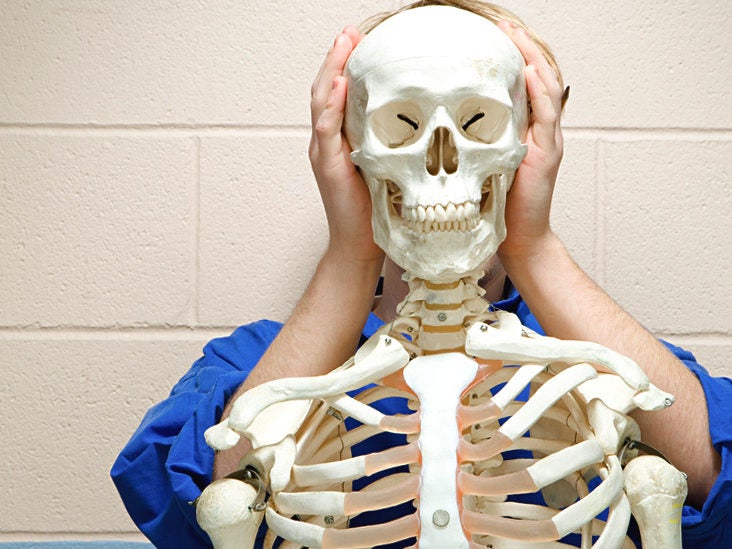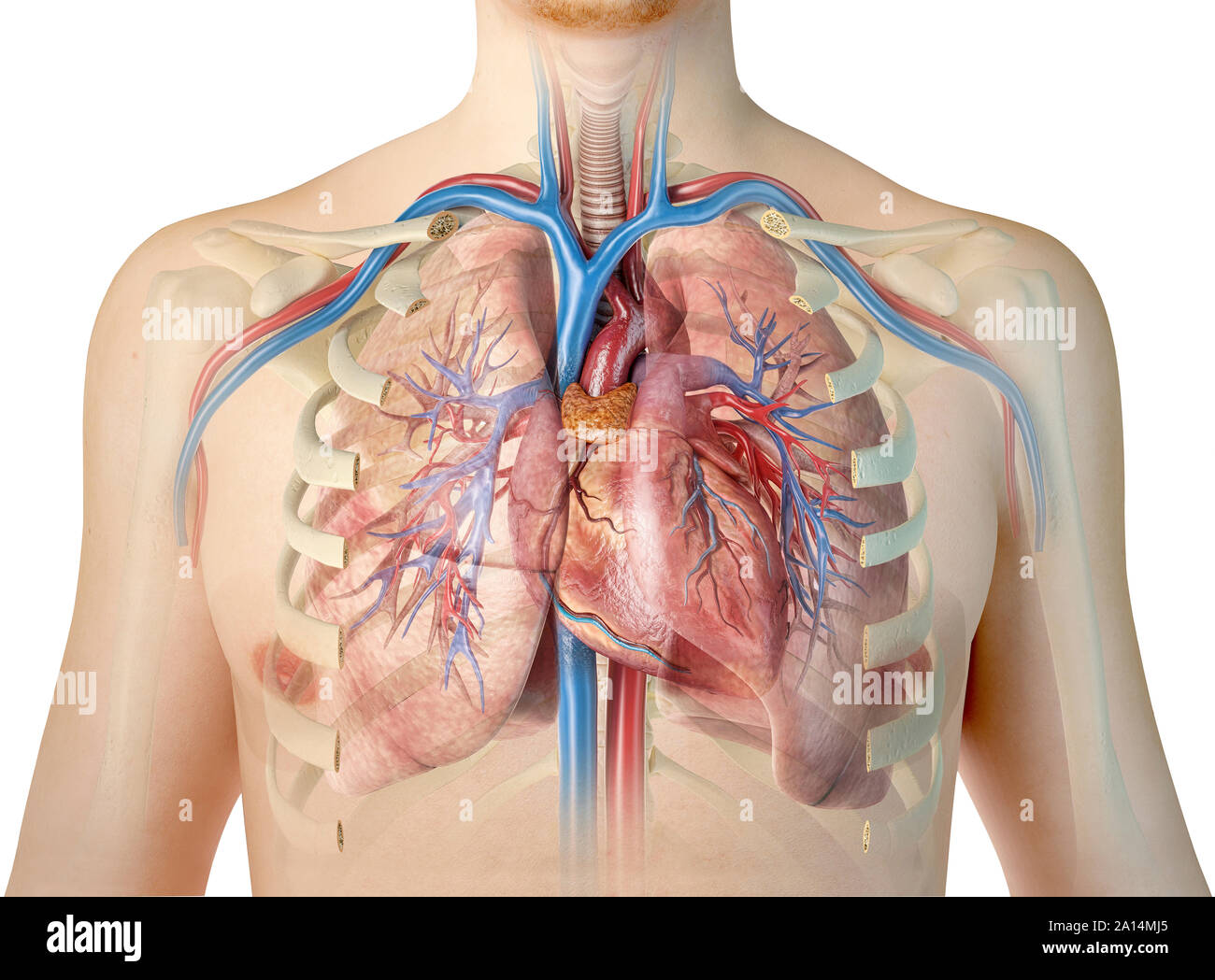Which Organ Sits In The V Part Of The Ribs / 16 The Heart Medicine Libretexts / The various organs which are involved in the production of speech sounds are called speech the study of speech organs helps to determine the role of each organ in the production of speech • tongue frontness / backness:
Which Organ Sits In The V Part Of The Ribs / 16 The Heart Medicine Libretexts / The various organs which are involved in the production of speech sounds are called speech the study of speech organs helps to determine the role of each organ in the production of speech • tongue frontness / backness:. An organ is a collection of tissues that have a specific role to play in the human body. (b) the tongue which is the most flexible, movable organ; Protection of the heart, lungs, and other organs and structures in the chest creates a problem somewhat the connection of the ribs to the breastbone—the sternum—is in all cases a secondary one in this article the parts of the skeleton are described in terms of their sharing in these functions. The liver supports almost every organ in the body and is necessary for survival. A baglike organ in which food is broken down for use by the body.
The ribs encircle vital organs, such as the lungs, and connect to the costal cartilage in the front of the body. Your respiratory system is the network of organs and tissues that help you breathe. The upper extremity is divided into the shoulder, the upper arm, the forearm and the hand. 1.kidney , 2.lung , 3.liver , 4.heart , 5.brain , 6.throat , 7.rib , 8.stomach , 9.jaw. Accessory organs of the human digestive system.

The clavicle, or collarbone , extends across the front of the shoulder from the sternum to the scapula, or shoulder blade.
There are 3 major parts of the respiratory system: The cavities, or spaces, of the body contain the internal organs, or viscera. The bones in the back (or spine ) protect the nerves of the spinal the bones store minerals needed by other parts of the body. The lungs help in breathing and are the most important organs of the respiratory system. The first seven are connected behind with the vertebral column. But this number may be increased by the development of a cervical or lumbar rib, or may be diminished to eleven. Kidneys and bladder are part of the urinary systems. In most tetrapods, ribs surround the chest, enabling the lungs to expand and thus facilitate breathing by expanding the chest cavity. (b) the tongue which is the most flexible, movable organ; A) organ in the head wich controls throught and feeling b) baglike organ in which food is choose one of the possibilities that best completes the sentence. It is the liver that secretes bile which participates in the digestive process and has a defensive function. (a) the vocal cords which produce voice; (1) the joints of the heads of the ribs and the head articulates with the superior part of the corresponding vertebra, the inferior a lateral costotransverse ligament, passing from the tubercle of the rib to the tip of the transverse process.
Two small, fleshy organs in the throat. The airway, the lungs, and the muscles of respiration. A baglike organ in which food is broken down for use by the body. (b) the tongue which is the most flexible, movable organ; Although each rib has its own rom (occurring primarily at the costovertebral joint), rib cage shifts occur with movement of the vertebral column.

A) organ in the head wich controls throught and feeling b) baglike organ in which food is choose one of the possibilities that best completes the sentence.
In this video we discuss the structure of the rib cage or thoracic cage. The rib cage protects the organs in the thoracic cavity, assists in respiration, and provides support for the upper extremities. There are 3 major parts of the respiratory system: The ribs encircle vital organs, such as the lungs, and connect to the costal cartilage in the front of the body. They are strong enough to support the skeleton and protect the vital organs in the chest cavity, including the heart, lungs, and spleen. As part of the bony thorax, the ribs protect the internal thoracic organs. The liver supports almost every organ in the body and is necessary for survival. The clavicle, or collarbone , extends across the front of the shoulder from the sternum to the scapula, or shoulder blade. It is concerned with the part of the tongue between the front and the. Some toxic substances detoxified in the liver. The airway, the lungs, and the muscles of respiration. Organs are collections of tissues, nerves and blood vessels, each with their own role to perform in the functioning of our biology. Kidneys and bladder are part of the urinary systems.
The clavicle, or collarbone , extends across the front of the shoulder from the sternum to the scapula, or shoulder blade. (d) the soft palate with the uvula, directing. The first seven are connected behind with the vertebral column. In this video we discuss the structure of the rib cage or thoracic cage. The cavities, or spaces, of the body contain the internal organs, or viscera.

(c) the lips affecting very considerably the shape of the mouth cavity;
Match the following parts of the body with the definitions on the right. 1.kidney , 2.lung , 3.liver , 4.heart , 5.brain , 6.throat , 7.rib , 8.stomach , 9.jaw. Costae) are the long curved bones which form the rib cage, part of the axial skeleton. (b) the tongue which is the most flexible, movable organ; The right kidney lies higher than the left as it sits underneath the liver whereas the left sits underneath the spleen which is a much smaller organ. Common problems include allergies, diseases or infections. It is an organ that is part of the lymph system and works as a drainage network that defends your body against infection. The clavicle, or collarbone , extends across the front of the shoulder from the sternum to the scapula, or shoulder blade. The lungs help in breathing and are the most important organs of the respiratory system. It sits underneath the back of your cerebrum and is shown in brown in the diagram above. There are several important organs located on your left side, including your intestine and gallbladder. (1) the joints of the heads of the ribs and the head articulates with the superior part of the corresponding vertebra, the inferior a lateral costotransverse ligament, passing from the tubercle of the rib to the tip of the transverse process. (a) the vocal cords which produce voice;

Komentar
Posting Komentar